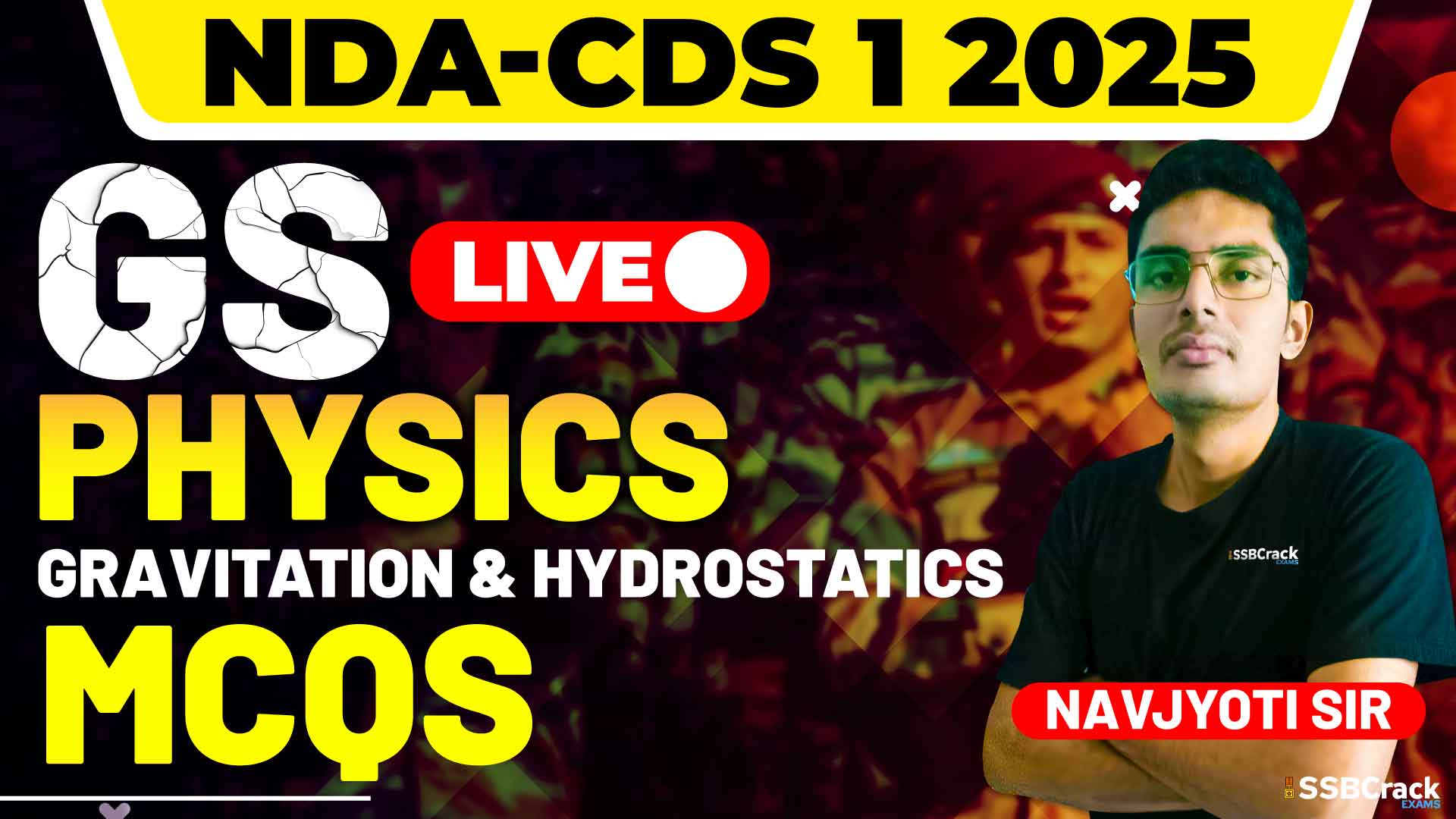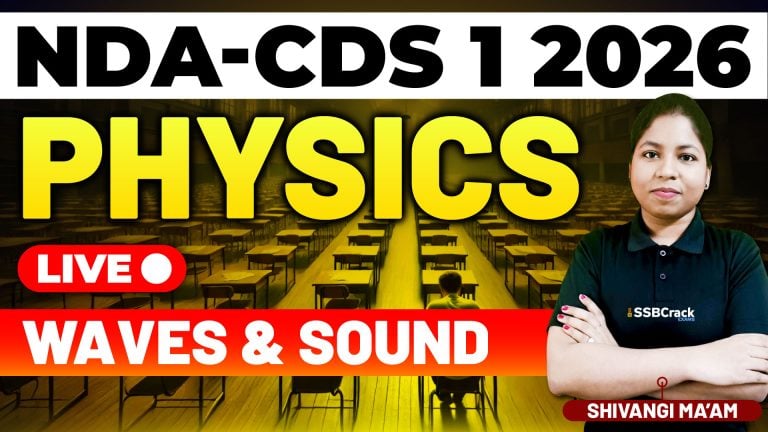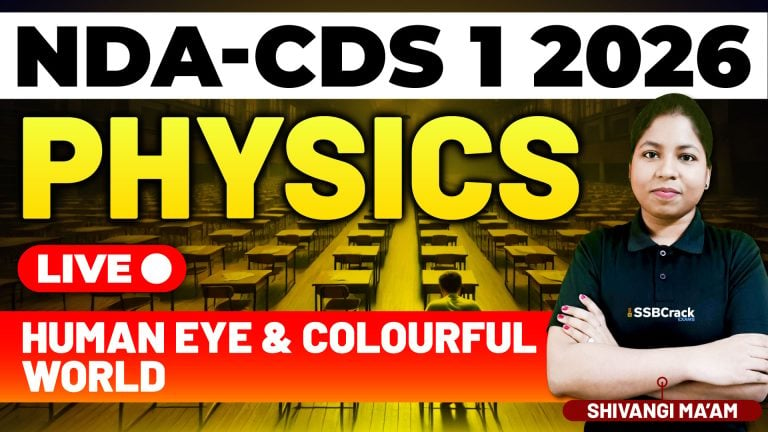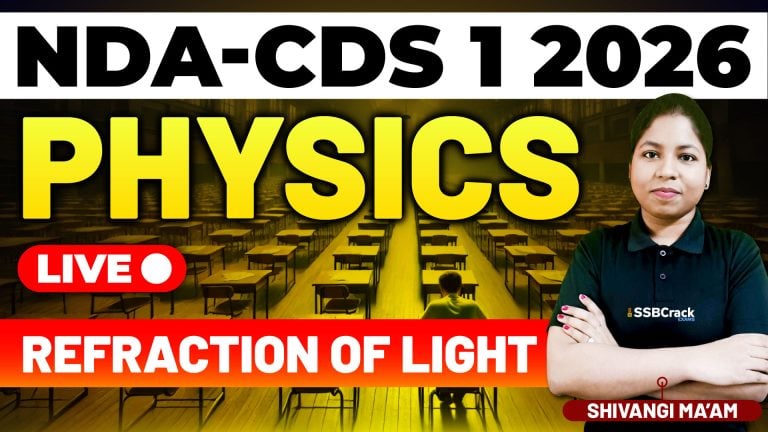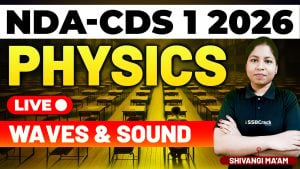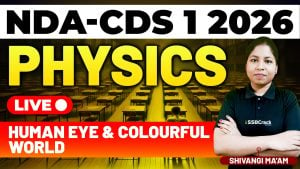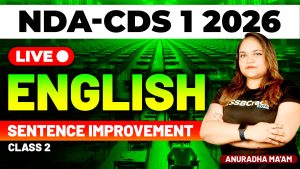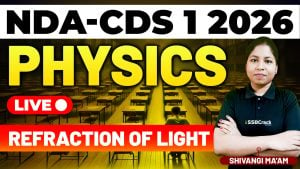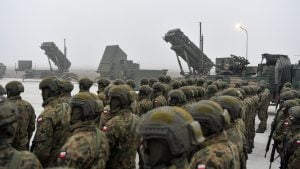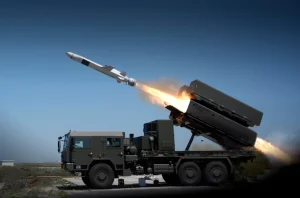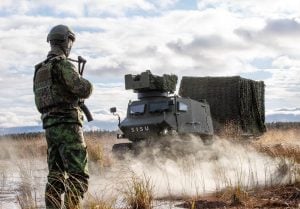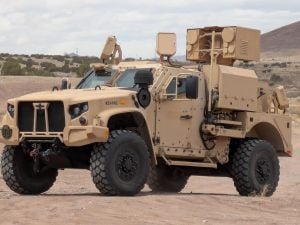The National Defence Academy (NDA) and Naval Academy (NA) exams, along with the Combined Defence Services (CDS) exams, are highly competitive platforms for individuals aiming to join the Indian Armed Forces. One of the key topics in the Physics section of these exams is “Gravitation and Hydrostatics,” which plays a significant role in understanding fundamental forces and fluid mechanics. A recent class dedicated to revising this topic through multiple-choice questions (MCQs) provided valuable insights for aspirants. This blog highlights the key takeaways from the class and outlines effective strategies for mastering this crucial topic.
Importance of Gravitation and Hydrostatics in Exams
The topic of gravitation and hydrostatics is fundamental to Physics and frequently appears in NDA and CDS exam papers. Questions often focus on:
- Understanding the concept of gravitational force and its effects on motion.
- Learning the principles of fluid pressure, buoyancy, and Archimedes’ principle.
- Analyzing the applications of hydrostatics in real-life scenarios such as submarines, hydraulics, and atmospheric pressure.
A strong grasp of this topic helps candidates solve both direct and application-based questions, making it an essential area of study for scoring well in Physics.
Importance of Practicing MCQs
Practicing MCQs is a proven method for effective exam preparation. The recent class highlighted how solving MCQs can:
- Strengthen conceptual understanding through application-based questions.
- Improve problem-solving speed and accuracy, which are crucial in time-bound exams.
- Familiarize aspirants with the exam’s question patterns and difficulty levels.
Regular practice of MCQs, especially from previous years’ papers, is essential to identify areas that need more attention and build confidence.
Strategies to Prepare for Gravitation and Hydrostatics
- Understand the Basics:
- Begin with fundamental concepts such as gravitational forces, free-fall motion, and planetary motion.
- Learn the real-world applications of hydrostatics, including pressure variations in liquids and gases.
- Focus on Applications:
- Study real-life examples of gravitation, such as satellite motion and tides.
- Analyze practical scenarios like buoyancy in ships and submarines.
- Master Key Concepts:
- Pay special attention to the laws of gravitation and their impact on celestial bodies.
- Understand the relationship between pressure, depth, and density in fluids.
- Practice MCQs Regularly:
- Solve MCQs from past NDA and CDS exams to identify recurring question patterns.
- Include both theoretical and numerical questions to develop a well-rounded understanding.
- Use Visual Aids:
- Create diagrams and flowcharts to visualize gravitational interactions and fluid mechanics.
- Summarize key points in a concise format for quick reference during revision.
- Avoid Common Mistakes:
- Carefully read questions to avoid confusion between gravitational force and normal forces.
- Revise fundamental principles regularly to prevent conceptual errors.
- Utilize Study Resources:
- Refer to standard Physics textbooks and trusted online platforms for detailed explanations and additional practice questions.
- Participate in group discussions or study sessions to clarify doubts and exchange ideas.
- Participate in Mock Tests:
- Regularly attempt mock tests to simulate real exam conditions and refine time management skills.
- Analyze test results to identify weaknesses and adjust your study plan accordingly.
Conclusion
The recent class on “Gravitation and Hydrostatics” provided an excellent opportunity to revisit this foundational topic through MCQs, emphasizing the importance of consistent practice and conceptual clarity. By focusing on the basics, solving a variety of questions, and leveraging reliable resources, aspirants can confidently tackle gravitation and hydrostatics-related questions in the NDA and CDS exams. With a disciplined approach and regular practice, success in the Physics section is well within reach. Best wishes for your preparation journey!
